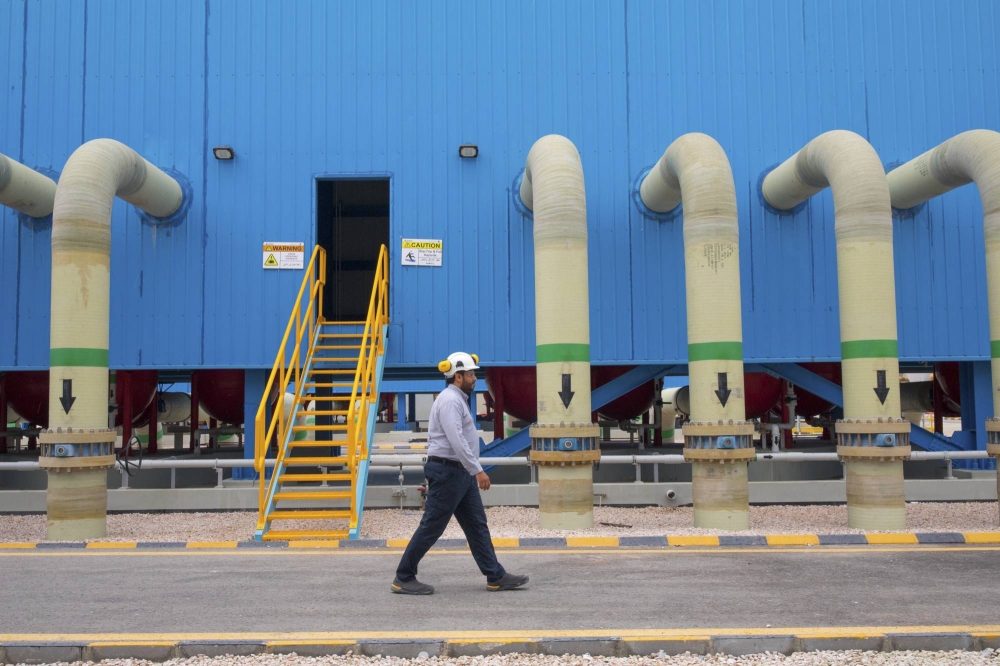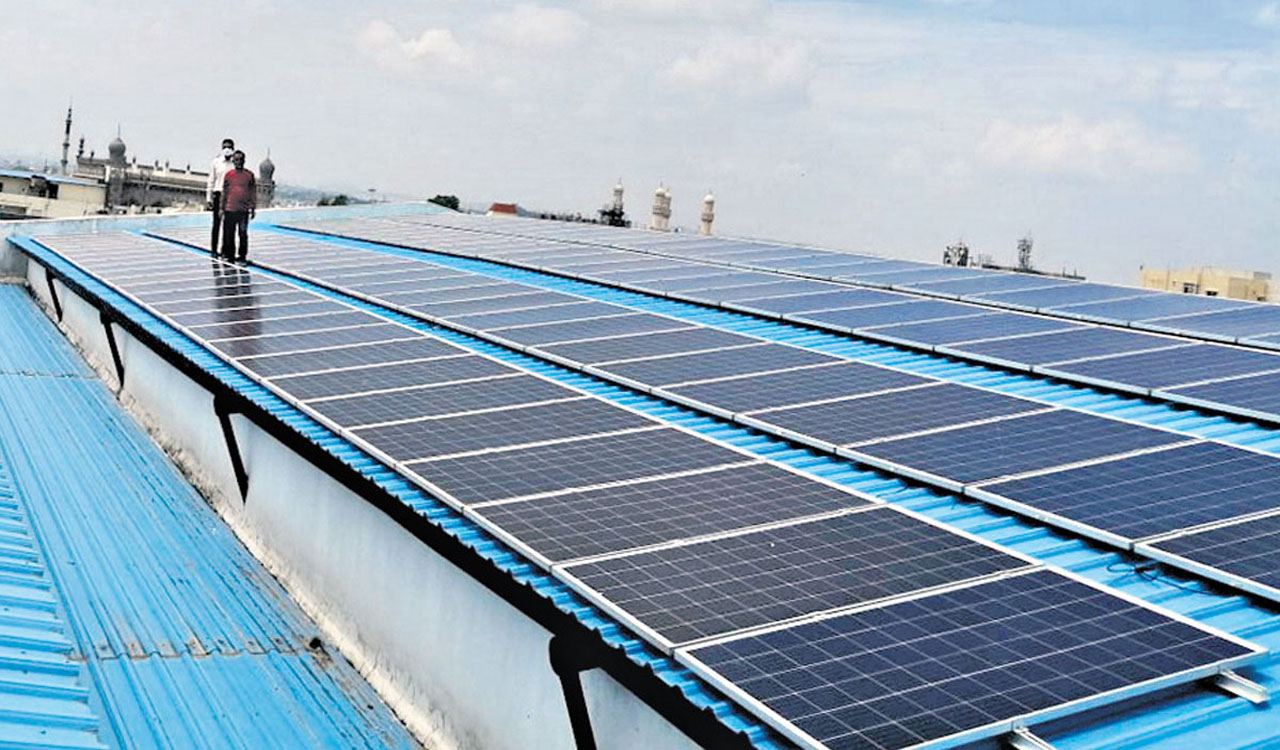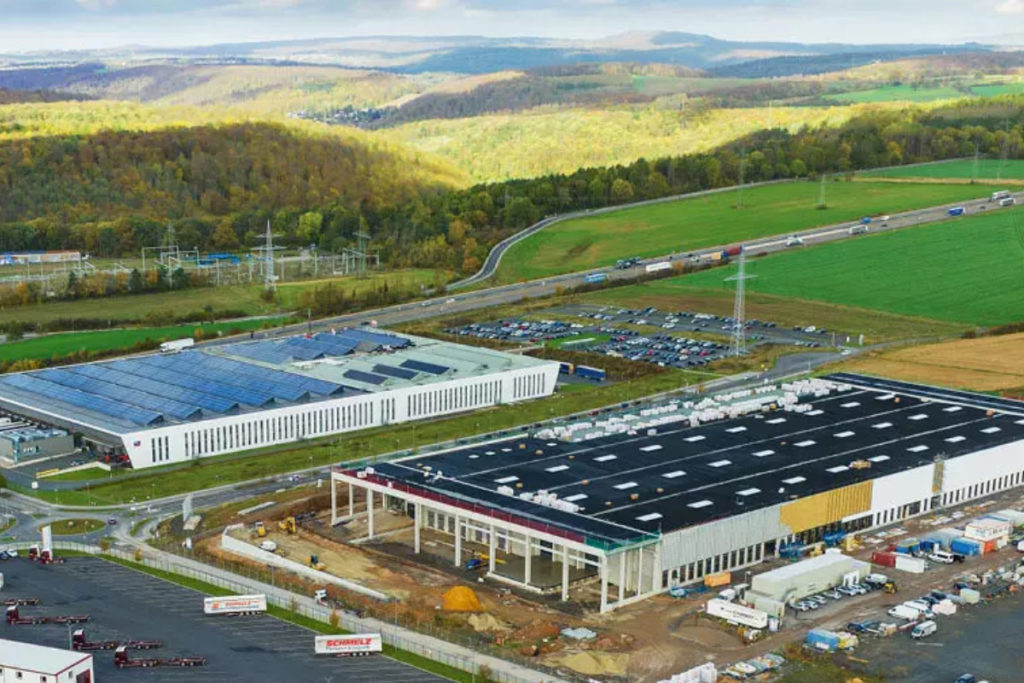Embracing Renewable Energy
Rows of solar panels stretch to the horizon near Riyadh, Saudi Arabia’s capital. Despite its vast oil reserves, the kingdom is shifting towards solar and wind power. This strategic move aims to maintain Saudi Arabia’s leading position in the evolving energy market.
At the Sudair solar project, CEO Faisal Al Omari oversees 3.3 million panels across 14 square miles of desert. “I’m proud to contribute to Saudi Arabia’s energy transition,” he stated. Sudair, which can power 185,000 homes, is the first of many large projects planned to boost renewable energy output to 50% by 2030. Currently, renewables generate a negligible amount of Saudi electricity.
Ambitious Goals and Rapid Expansion
Analysts are skeptical about achieving this ambitious target. Karim Elgendy, a climate analyst at the Middle East Institute, remarked, “If they reach 30%, it would be a significant signal.” Despite the skepticism, the kingdom is rapidly building solar farms.
Marco Arcelli, CEO of Acwa Power, noted, “The scale here is unmatched, except perhaps in China.” Saudi Arabia’s ample investment capital and streamlined permit processes facilitate rapid project development. Ben Cahill, a senior fellow at the Center for Strategic and International Studies, observed, “They can move quickly and initiate projects without lengthy delays.”
Aramco’s Shift to Renewables
Even Saudi Aramco, the country’s oil giant, recognizes the shifting energy landscape. Aramco has taken a 30% stake in Sudair, a $920 million investment, as part of its 40-gigawatt solar portfolio plan. This initiative aims to fulfill the government’s renewable energy ambitions.
Aramco is also investing in greenhouse gas storage and developing e-fuels from carbon dioxide and hydrogen. Additionally, its computer scientists are enhancing drilling efficiency using AI models trained on nearly 90 years of oil field data, thereby reducing carbon emissions. Ashraf Al Ghazzawi, Aramco’s executive vice president for strategy, emphasized, “Environmental stewardship has always been part of our modus operandi.”
Facing Climate Change and Future Prospects
The Middle East and North Africa region, including Saudi Arabia, faces severe climate change impacts like extreme temperatures and water scarcity. Shady Khalil of Greenpeace Middle East noted, “Countries in the MENA region will face significant climate challenges.”
Saudi Aramco, while continuing to invest in oil, also aims to increase its natural gas output. Al Ghazzawi stated, “Both renewables and oil and gas will be needed to meet growing demand until 2050 and beyond.” Despite Aramco’s diversification efforts, oil remains the primary revenue source. For Q1 2024, Aramco earned $27.3 billion and paid out $31.1 billion in dividends, mainly to the Saudi government.
Solar Energy: A Promising Future
Saudi Arabia’s abundant sunlight and vast land make it ideal for solar energy. The kingdom’s close relationship with China, which supplies much of the renewable equipment, ensures low-cost solar development. Sudair, for example, sells power at about 1.2 cents per kilowatt-hour, a near-record low.
Acwa Power is developing the world’s largest green hydrogen plant, aiming to export to Europe and other regions with higher energy costs. However, analysts warn that Saudi Arabia may achieve only half of its 2030 solar goals due to insufficient competitive conditions.
Renewable energy is already creating jobs, with Acwa employing 3,840 people, half in Saudi Arabia. Solar panels at a Persian Gulf desalination plant reduce grid reliance and emissions, setting a sustainable example. Nawaf Al-Osimy, chief technical officer at Jazlah, emphasized, “Using this technology is crucial for sustainability.”
Saudi Arabia’s renewable energy transition marks a significant step towards a sustainable future, balancing its oil heritage with innovative green energy solutions.
Source:japantimes.co.jp





